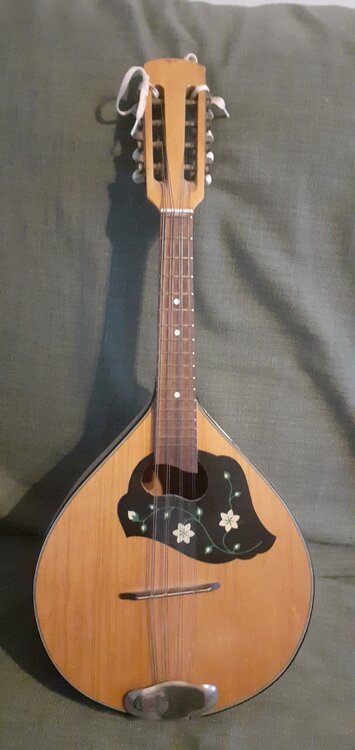I've always had a fairly uneasy relationship with social media. I am of the right age to have joined facebook when it still felt like something fun and somehow private – around 2006, I think – but it jumped the shark some time in the late 2000s or early 2010s and never came back. I've not deleted my account, not really sure why, but I've also not looked at it in about seven years. I dabbled with a few of the other platforms, but always found they got both boring and addictive after a while.
My dislike of the Skinner-Box psychological manipulation that's ubiquitous on the modern internet is actually what attracted me to this place. It's a forum. There are posts. You open the site and look at what's been posted. If there's something interesting, you read or respond. If there isn't, you close it again.
Basschat isn't painstakingly engineered to monopolise my attention, it doesn't use the latest scientific research to try to serve me targeted content, to entice me into scrolling or paging through or whatever. It's a website. With stuff on it that I can look at, or ignore.
It does have the unfortunate side effect of leading me to buy more gear, but that's a trade-off I'm willing to make.






